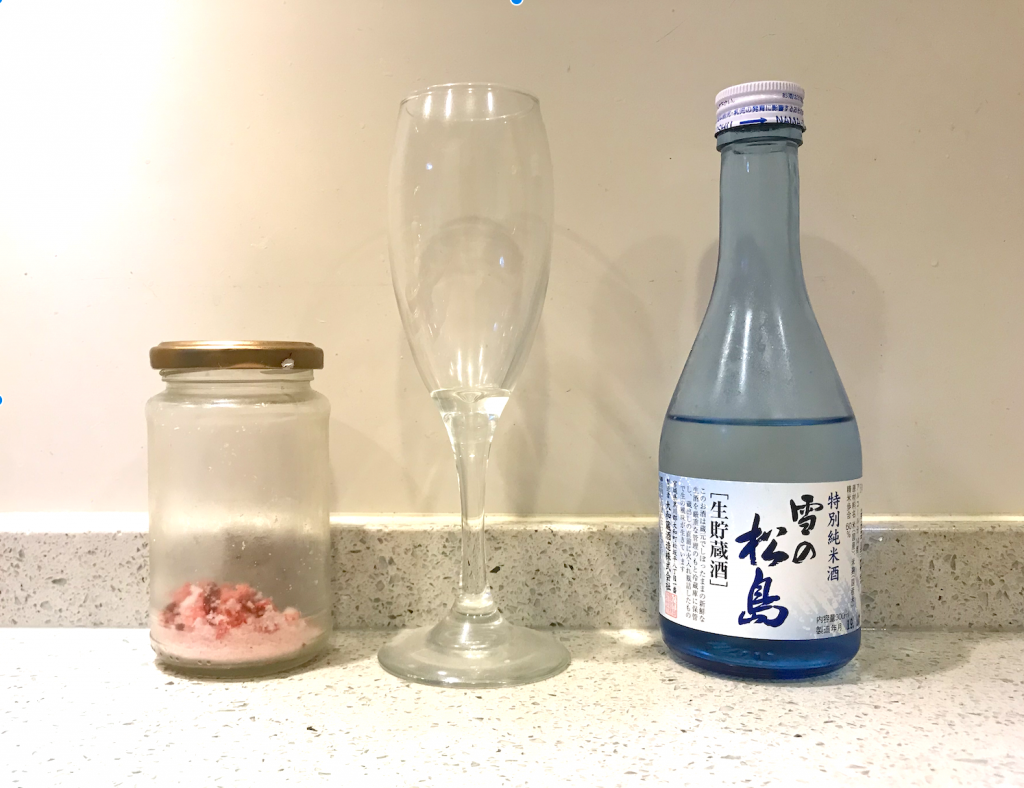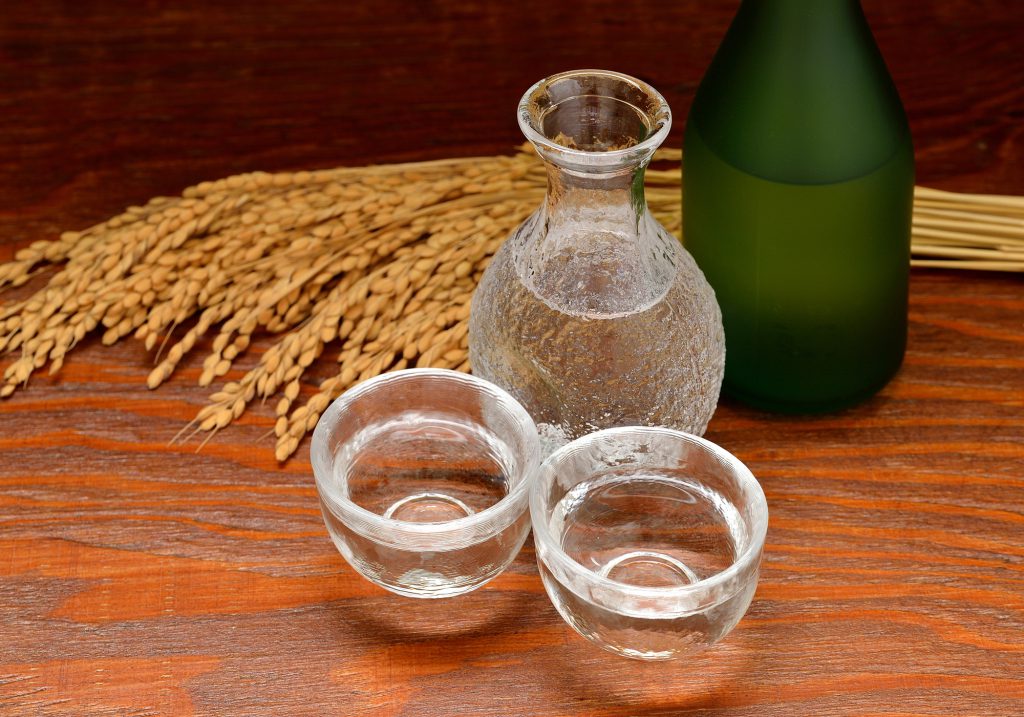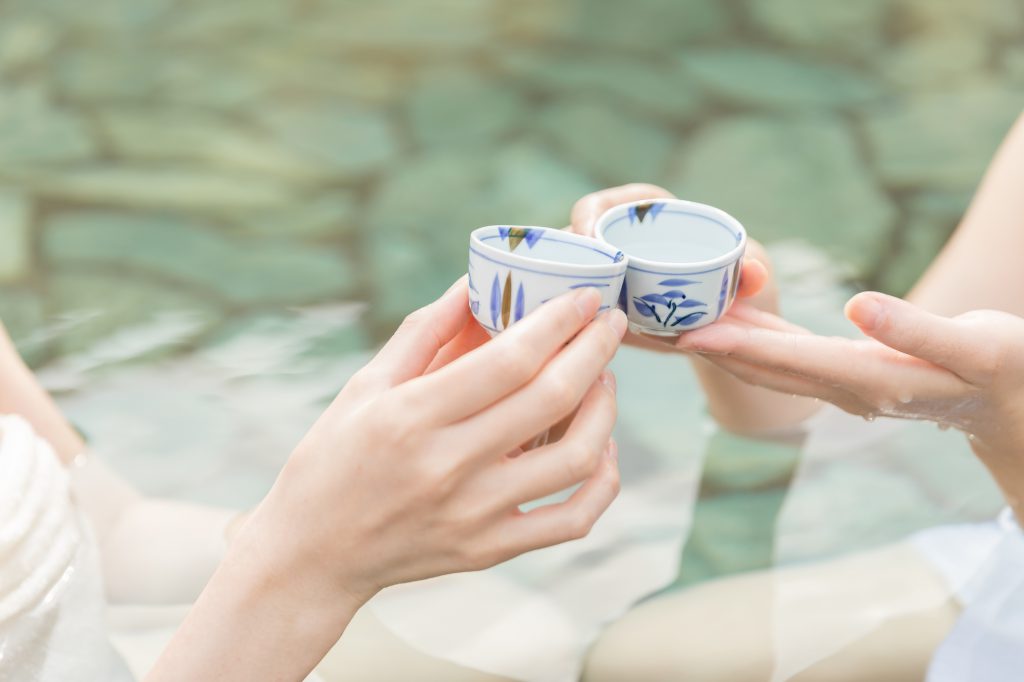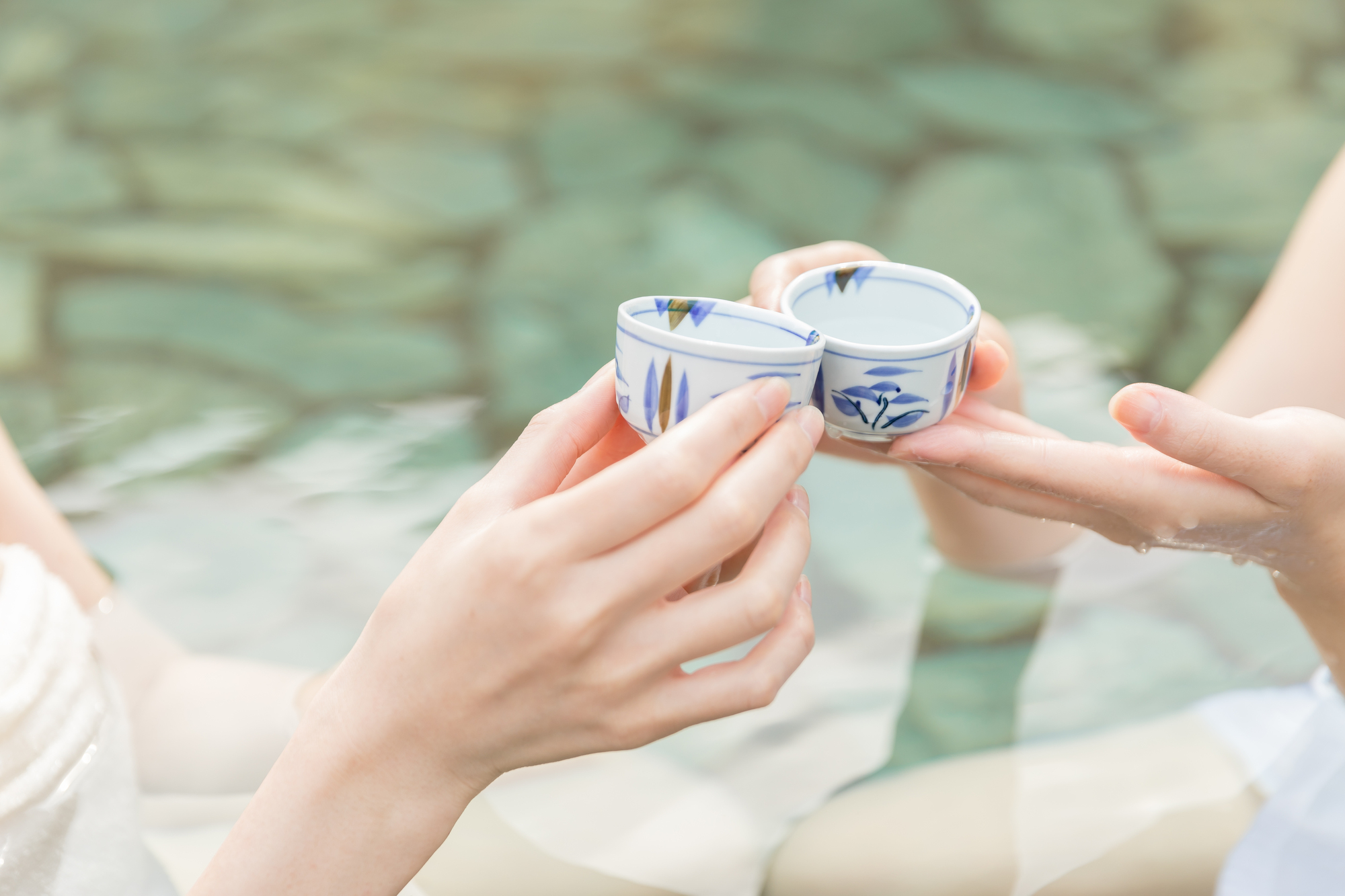Sake has become literally popular in the world and people are enjoying that taste. Even in the recent movie “The Insider”, there are some scenes where they are drinking sake. What is sake, by the way? How we can describe its taste and other effect? In this article, we will take you to a journey where you will see Sake’s Excellency.
1. Japanese Sake

Clear, fruity aroma, and rice-derived flavor. The taste of sake is unique and there is nothing similar in the world. Sake is also called rice wine because of its fruity aroma. Nowadays “Sake” has become so popular, that people knows what it is exactly like. Then how can we define “Sake”? First of all, I will explain the profile of sake.
“What is Japanese Sake?”
(Japanese)Sake means ” liquor made from rice and water originated in Japan.” Like champagne made in the Champagne region of France and tequila made using only specific ingredients near Jalisco, Mexico, the laws stipulate the ingredients and geographical conditions. Therefore, sake made from overseas water and rice is not Sake in this term.
Sake and rice
There are various types of sake such as Daiginjo and Junmai Ginjo. This is mainly categorized by how much rice is shaved as a raw material. The more the rice is shaved, the more sharp&clearer the taste of sake becomes. On the other hand, if you don’t shave the rice too much, you can enjoy the characteristic flavor of the rice itself. The more rice you don’t scrape, the more amino acids dissolve in sake. If there are too many of these amino acids, the taste and aroma will be strong.
2.Category of Sake

The first thing that people who are not familiar with Japanese sake get lost is the name of sake and differences of each sort. What kind of sake is Daiginjo or Junmai Daiginjo, for example? Let me go through it, and also introduce the types of sake.
“Honjozo” and “Junmai”
There are mainly 3 types in Japanese Sake : Honjozo,Junmai,and Seishu. Honjozo is made of Water, Rice, and Koji(Fungus). Junmai is made of Waterm Rice and Koji only. Others are what so called Seishu.
Ginjo and Daiginjo
Honjozo comes into further 2 types, Daiginjo and Ginjo. They are made through a technology called “Ginjo Zukuri”. Rice is basically well sharpened. Meanwhile, “Junmai Ginjo” or “Junmai Daiginjo”, which sounds quite similar, are applying Ginjo Zukuri technology in Seishu production. What differentiates Daiginjo and Ginjo is, how much you remove the outer layer. That is it. Basically Daiginjo has less outer layer.
Nama Chozoshu (Unpasteurized Sake)?
There is a sake with a Kanji character of“生(Nama)“in its name. It means, this sake doesn’t process “Pasteurization”, which stops the Ferment. „Namazake”has no pasteurization process both in production and bottling. „Nama Chozoshu“has no pasterization when it is stored in stock. Nama-zume processes pasteurization before the storage, but never after that. Sake which has 「生(Nama)」 in its name has stronger rice flavour than normal sake, which makes different taste.
3.Advantage of Japanese Sake (positive “impact”on health/beauty etc.)

It is said that the skin of Toji(杜氏:Sake producer), is often white and beautiful. It is well known that sake and the raw material Koji have the effect of cleaning the skin. However, in addition to that, sake has various advantages. Let me explain some of them.
Skin smoothing/whitening effect
The ingredient so called “α-EG”, which is contained in sake, has the effect of increasing the moisturizing properties of the skin. According to a study by Kanazawa Institute of Technology, it works on cells that keep the skin healthy and has the effect of increasing the moisturizing ingredients of collagen and elastin. It is known that applying sake onto the face or drinking it makes the skin easier to get moisturized. Moreover, sake also contains vitamin B6, a nutrient that strengthens the mucous membranes. If the skin and mucous membranes can be moisturized and strengthened, it will be difficult for viruses and bacteria such as colds to be taken into the body.
Relaxing effect
According to a study by Kinki University, sake has ingredients that activate the receptors for the relaxing ingredient “GABA”. Sake also has the effect of dilating blood vessels and improving blood flow, so we cay say that it has a relaxing effect on the whole body. In addition, sake contains various amino acids. A study by Tottori University has shown that it also contains “tryptophan,” which promotes the secretion of serotonin, one of the mentally stabilizing substances in the brain. You should be careful not to drink too much sake, but it has a positive effect on your health.
What kind of sake is particularly good for our health?
Among Japanese sake, Junmai and Nama-sake are said to contain the most amino acids. The characteristic of Junmai is that it contains plenty of amino acids contained in rice. Also, since Nama-sake is not heated after being squeezed, the vitamins remain unchanged. Therefore, these two Sake are especially rich in amino acids and we can say that it is good for your health.
In order not to drink too much..?
Sake is so delicious, that we often drink it too much. We must be careful enough not to drink that way. Alcohol itself and Acetaldehyde, which is produced when alcohol is decomposed, have a negative effect on the body. Therefore, when you drink sake, take a lot of protein. For example, fish proteins such as sashimi and grilled fish are said to be suitable. Also, when drinking sake, it is highly recommended to drink water like a whiskey chaser. In Japan, it is called “softening water” and has been passed down for a long time as water for awakening from the sickness. It seems that mineral water, especially Japanese mineral water, is suitable for this water instead of tap water.
Last comment
Sake is the unique product of Japan. There are various types of sake which have fascinated people for a long time. A research has proved that they have healthy effects. Of course, Sake is delicious and full of charm. Why don’t you try such sake?
Reference site
https://www.ozeki.co.jp/food_bio/products/alphaeg.html
https://www.jstage.jst.go.jp/article/jbrewsocjapan/105/9/105_609/_pdf/-char/en
https://www.sawanotsuru.co.jp/site/nihonshu-columm/knowledge/kind-of-sake/
https://www.sapporoholdings.jp/csr/alcohol/health.html
http://www.hirosake.or.jp/iroha/kenkou.html
https://www.jstage.jst.go.jp/article/jbrewsocjapan1915/57/5/57_5_359/_pdf

